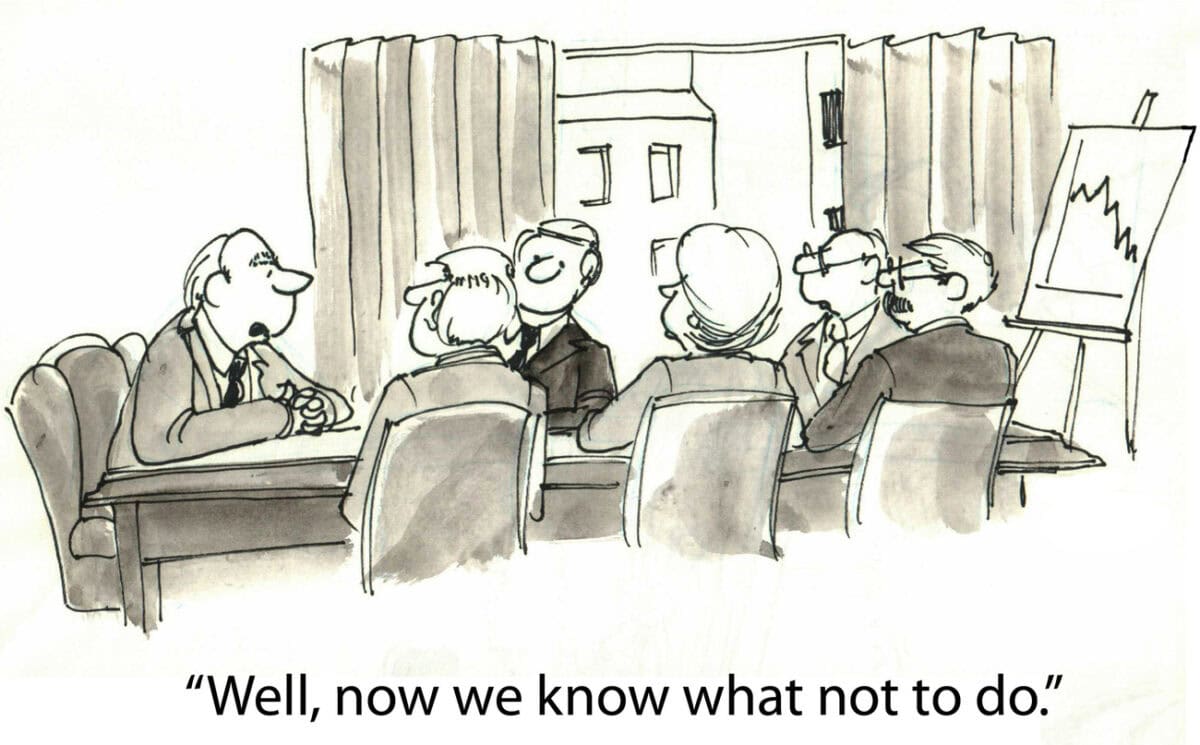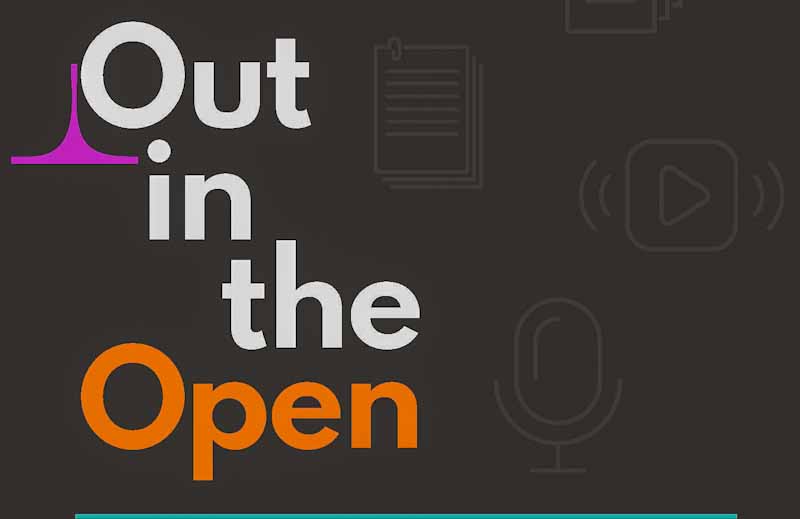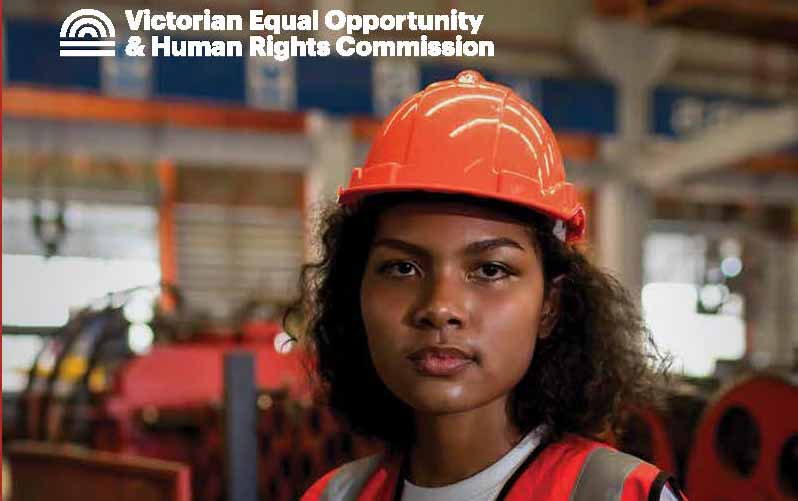A not-for-profit organisation, Grapevine, released a short annual report on workplace discrimination and harassment notifications. The report received some attention in Australian media as these workplace hazards continue to be topical. The issues blend into the occupational health and safety (OHS) discipline, but the discussions were marked for omitting the OHS and regulatory context.
Category: harassment
Plenty of what and how with a little bit of why
Psychosocial hazards are gaining attention online, but the pace of change remains sloth-like. Two recent online events provide good, basic occupational health and safety (OHS) and organisational psychology information and some insight into the slow pace.
Significant workplace culture investigation but OHS missed again
Australia’s news media is reporting a shocking report about the workplace culture of parts of the Nine Entertainment organisation – bullying, sexual harassment, abuse of power – all the elements of organisational culture that can be found in any company if one scratches the surface. Scratching is one of the aims of the occupational health and safety (OHS) discipline – investigating the causes of harm at the source.
Positive duties everywhere
One area where human resources (HR) and occupational health and safety (OHS) do not overlap in practice is diversity, equity, and inclusion (DEI), but they should. OHS cannot operate without effective consultation, and part of that effectiveness comes from a diversity of information, respectful conversations, and the inclusion of sometimes uncomfortable perspectives or truths.
Recently, the Victorian Equal Opportunity and Human Rights Commission (VEOHRC) published a guideline on race discrimination in the workplace, which illustrated the need for HR and OHS to begin talking (and listening to) the same language.
HR is “evolving” but slowly
Human Resources (HR) is on a slow journey to fully understand the efforts and strategies for preventing workplace psychosocial hazards. This article from Phoebe Armstrong in HRMonthly is a good example. It will nudge HR readers in the right direction. Still, the article has many curiosities and a reticence to fully accept the legislative occupational health and safety (OHS) approach.
Peter Howard and Work-Related Suicide
Work-related suicide is the psychosocial equivalent of a physical workplace fatality. They represent failures of occupational health and safety (OHS) management and the presence of unsafe systems of work.
Several years ago in Adelaide, Australia, a worker burned to death in his car outside the company’s premises. Work-related suicide after decades of bullying was the expected outcome, but the findings of a recent Coroner’s inquest were inconclusive. The death of 59-year-old Peter Howard deserves more attention and consideration.
Warning: this article discusses suicide
The two approaches to psychosocial hazards
There are two common approaches to addressing and preventing psychosocial hazards at work. One is to consider these hazards as originating within and affecting only workers and work processes. This looks at the hazards generated by work that affect work and downplays or dismisses factors from outside work. The other is to acknowledge that work is part of life, that socioeconomic factors affect workers’ mental health, and that job stresses similarly affect workers’ social lives. In both instances, the use of “worker” includes all levels of a management structure. Both approaches need evaluation for effectiveness.







